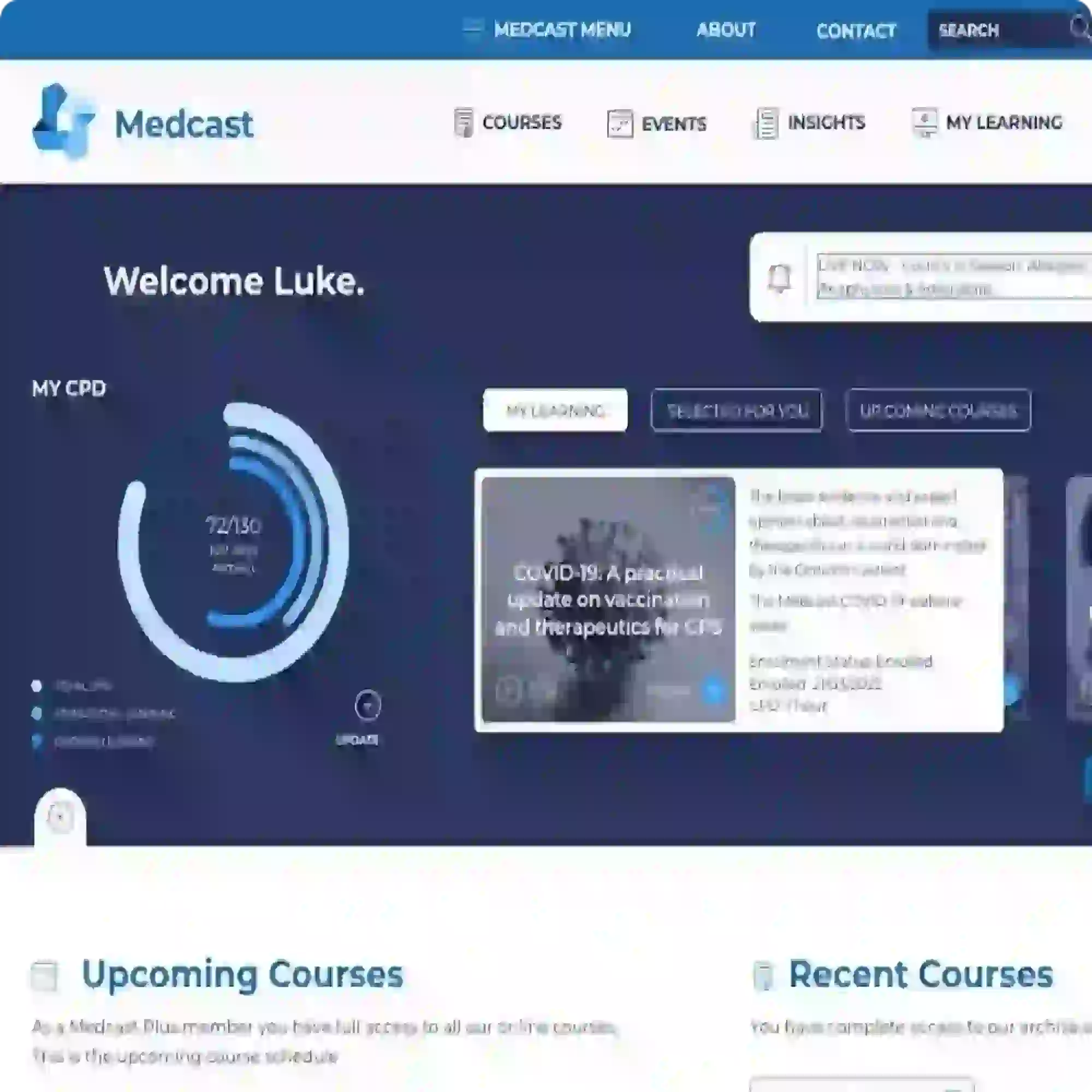Crohn’s disease - clinical fact sheet and MCQ
Overview
Crohn’s disease (CD) is a chronic, immune-mediated inflammatory bowel disease (IBD) characterised by relapsing inflammation that can involve any segment of the gastrointestinal (GI) tract, often discontinuously. It affects all layers of the intestinal wall and is associated with systemic and extra-intestinal manifestations, such as arthropathy, pyoderma gangrenosum, erythema nodosum, uveitis, and hepatobiliary complications.1
Aetiology involves genetic predisposition (up to 30% risk), with environmental triggers such as a Western diet, the patient’s gut microbiome, medications, and smoking playing significant roles.1,2
CD is most prevalent among individuals between 15 to 25 years of age2 with an estimated 306 per 100,000 people affected in Australia.3 The incidence of CD is increasing worldwide.2
Diagnosis of Crohn’s disease
Lorem ipsum dolor sit amet, consectetur adipiscing elit. Maecenas eu odio in nibh placerat tempor ac vel mauris. Nunc efficitur sapien at nisl semper dapibus. Nullam tempor eros sed dui aliquam lacinia. Nunc feugiat facilisis ex.
Vestibulum ante ipsum primis in faucibus orci luctus et ultrices posuere cubilia curae; Maecenas mauris nibh, tempus sit amet erat vel, pellentesque maximus ipsum. Suspendisse dui nunc, porta ac ultricies id, sodales eu ante.
The Medcast medical education team is a group of highly experienced, practicing GPs, health professionals and medical writers.
Become a member and get unlimited access to 100s of hours of premium education.
Learn moreCo-billing and split billing are often a source of confusion for many GPs. This FastTrack clearly defines these two methods of billing, including examples, explanations of when it is and isn’t appropriate to co- or split bill, and common compliance pitfalls. 30 mins each RP and EA available with the quiz.
The Coordinated Veterans’ Care (CVC) Program is a DVA initiative that allows GPs to provide structured, proactive care in the community for eligible veterans and war widows. This FastTrack provides a guide to billing the CVC program, and outlines a strategy for its practice-wide integration.
Achilles tendinopathy is a common cause of posterior heel pain and functional impairment. GPs are well-placed to coordinate care for these patients. This FastTrack fact sheet provides a concise summary of diagnosis and non-surgical management, including when to refer. Earn 30mins each RP and EA CPD with the quiz.

